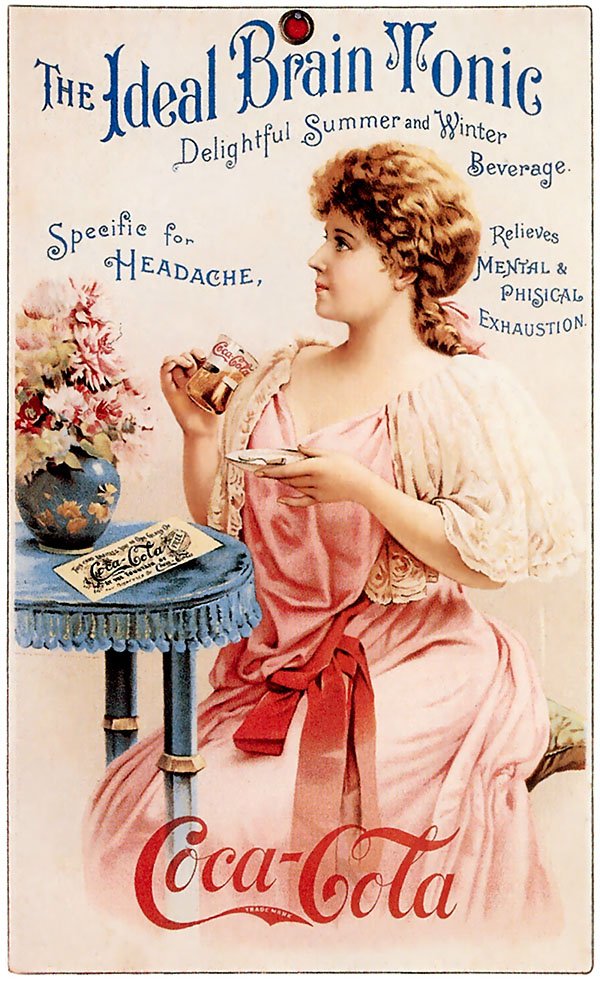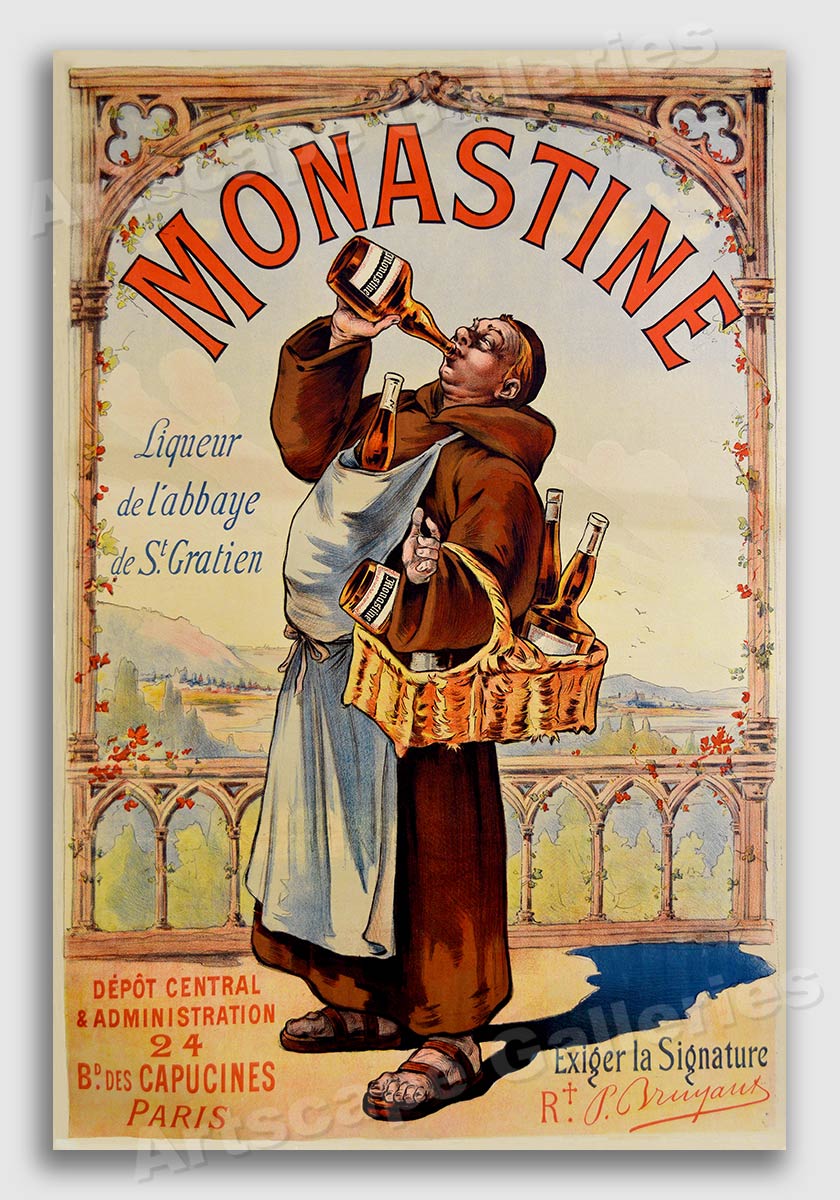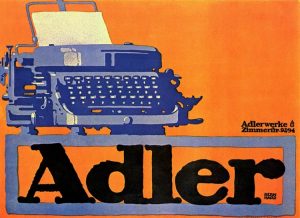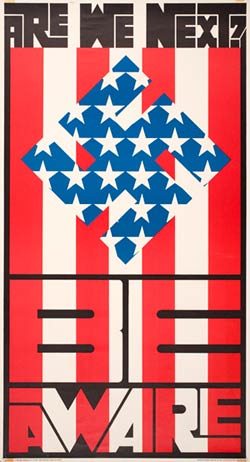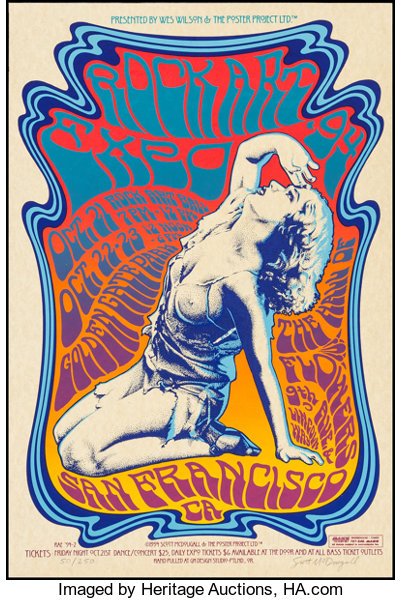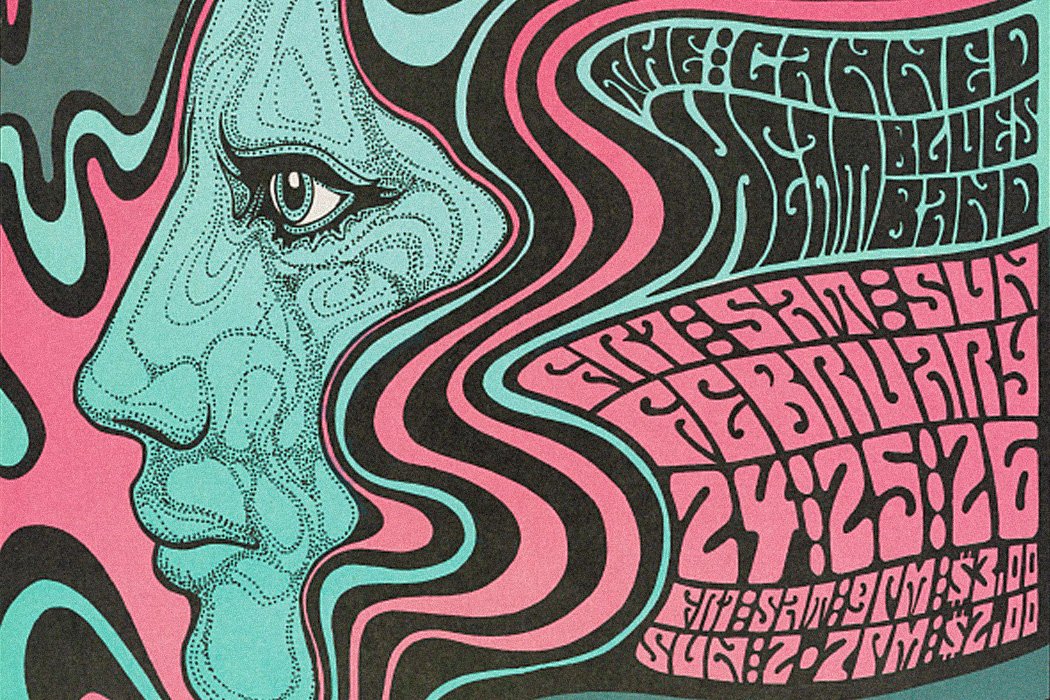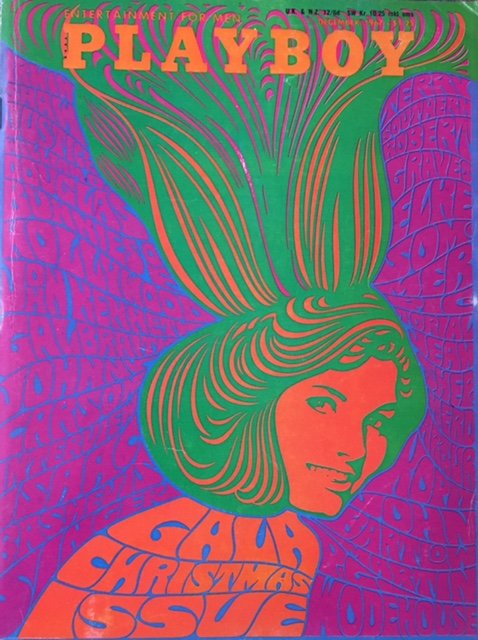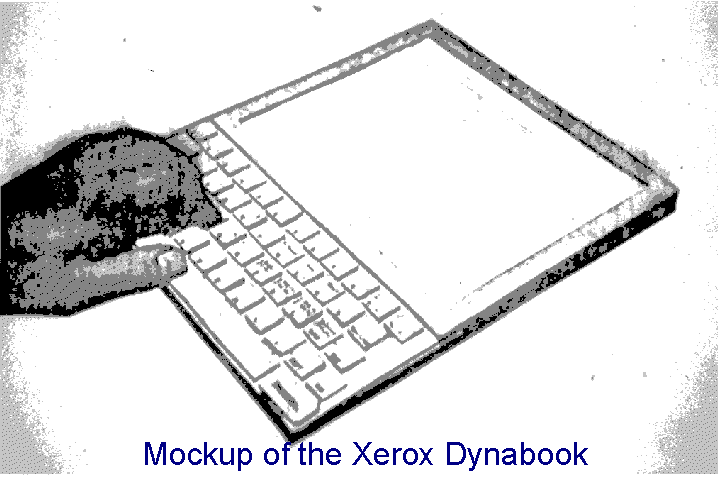Aesthetics
The tenet of creating a cohesive and all-together immersive experience with art, has got long running roots in the history of design. It’s birthed from the philosophy, “Gesamtkunstwerk” which is a German word for “total work of art”. Owing its origin to Richard Wagner, an opera composer, the philosophy of creating all-consuming art is equated to that of a musical composition, “pieced together by sensory stimulants” to “inspire imagination” and evoke “emotional fluctuations” (Finger). Today, this design principle stay rooted in design-thinking today. In graphic design, branding is used to communicate a coherent brand’s story and values to its audience. In interactive art, creating an immersive and interactive physical or psychological environments is more often than not, used to transport its audience to another dimension. While in product design, part of spatial design requires the construction of a cohesive and uniform visual theme within a physical space. This collection of works, titled Aesthetics, aims to reiterate the spirit of putting up an all-consuming performance for the audience through design.
This collection, titled Aesthetics, features Lufthansa corporate identity, developed by Otl Aicher from the Ulm School of Design in 1962, Stoclet Palace, built by Josef Hoffman between 1905 to 1911, as well the Sensorama by created Morton Heilig, 1957.
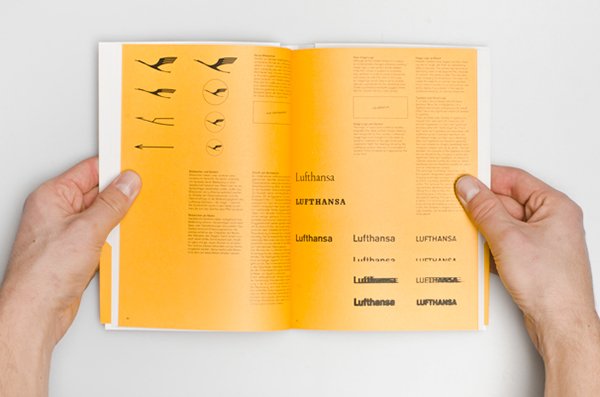
https://www.behance.net/gallery/4888087/A505-Lufthansa-Graphic-Design
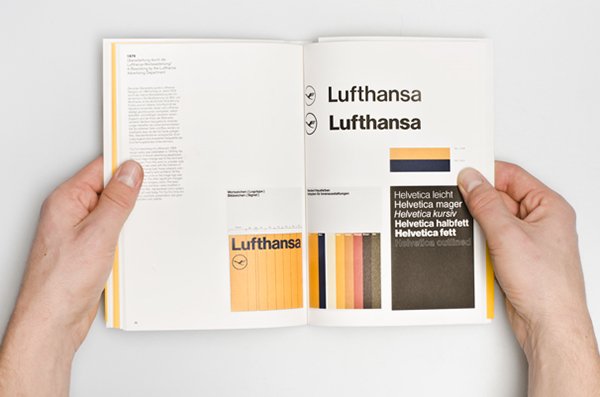
https://www.behance.net/gallery/4888087/A505-Lufthansa-Graphic-Design
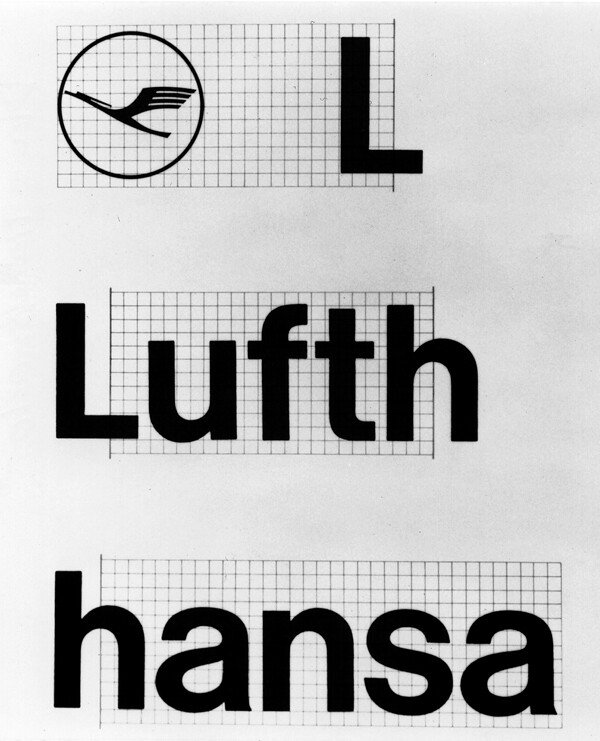
https://www.flickr.com/photos/rmit/14646813799
When Aicher was commissioned to develop the corporate identity for Lufthansa, this included the “airplane livery, crew attire, display systems, printed materials, and numerous other items” (Airline Visual Identity 1945–1975). This meant that whenever passengers interacted with anything Lufthansa, it meant the immersion into the world of Lufthansa. As such, when Aicher introduced the iconic yellow and blue for the airline, not only did the passengers associate these colours with Lufthansa. These colours differentiated Lufthansa due to the lack of colours in an age when airlines were typically “one colour with white, or a combination of red and blue”. Hence, Aicher had successfully created a whole new meaning to the iconic in the public’s eye.

https://www.architectmagazine.com/design/the-palais-stoclet-seduces_o

https://www.architectmagazine.com/design/the-palais-stoclet-seduces_o

https://www.architectmagazine.com/design/the-palais-stoclet-seduces_o
The Stoclet Palace was built by Josef Hoffman as a thesis to achieve “Gesamtkunstwerk”. Inheriting the principle of good craftsmanship from the Arts and Craft Movement, visuals of the signature whiplash and sinuous lines from the Art Nouveau movement and strong, geometric forms from the Art Deco Movement, the Stoclet Palace sought to create a total work of art in every nook and cranny of the space; from the furniture to the murals and to the lights. No details were spared. As such, Josef Hoffman was able to create a whole new fiscal dimension of luxury with the Stoclet Palace.
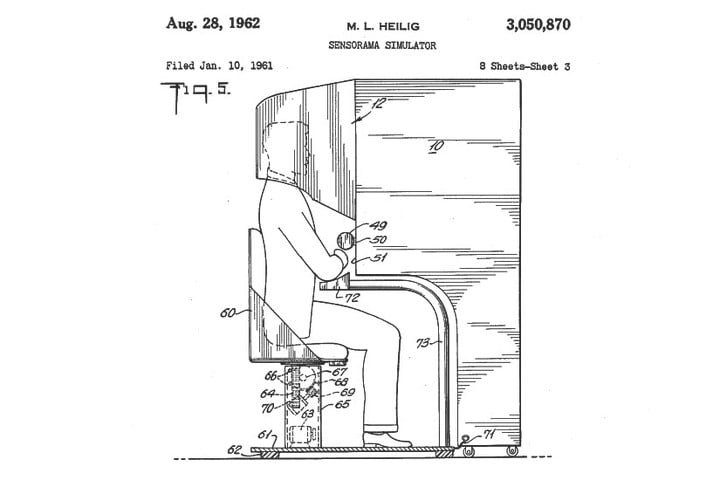
https://www.digitaltrends.com/cool-tech/history-of-virtual-reality/
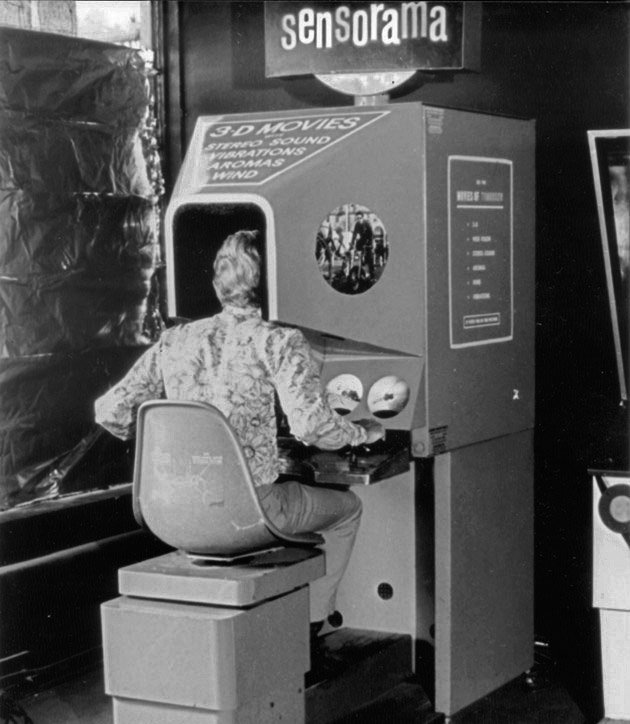
https://www.engadget.com/2014/02/16/morton-heiligs-sensorama-simulator/
Created by Morton Heilig in 1957, the Sensorama is a hallmark of the immersive experience as it was one of the very first entertainment machines that employed total sensorial engagement. Tracing back to his film-making roots, the Sensorama machine stimulated sight, hearing, smell and touch and transported its audience to a whole new space altogether. This was achieved with a “bucket seat for a single viewer, a set of handles and viewing holes that were surrounded by a series of vents” (Turi). The 3D film was then “viewed through a set of ocular portals” that filled the user’s peripheral vision. This immersive experience effectively rendered passive entertainment passé and paved the way for what we know today as, virtual reality.
Bibliography
Finger, Anke. “The Death And Life Of The Total Work Of Art”. 2015, https://www.researchgate.net/publication/280935380. Accessed 17 Nov 2019.
Airline Visual Identity 1945–1975. Callisto, 2019, pp. 174-175, http://www.garciamedia.com/assets/uploads/blog/Airline_Visual_Identity_1945-75_FINAL_VERSION.pdf. Accessed 17 Nov 2019.
Turi, Jon. “Engadget Is Now A Part Of Verizon Media”. Engadget.Com, 2014, https://www.engadget.com/2014/02/16/morton-heiligs-sensorama-simulator/.
